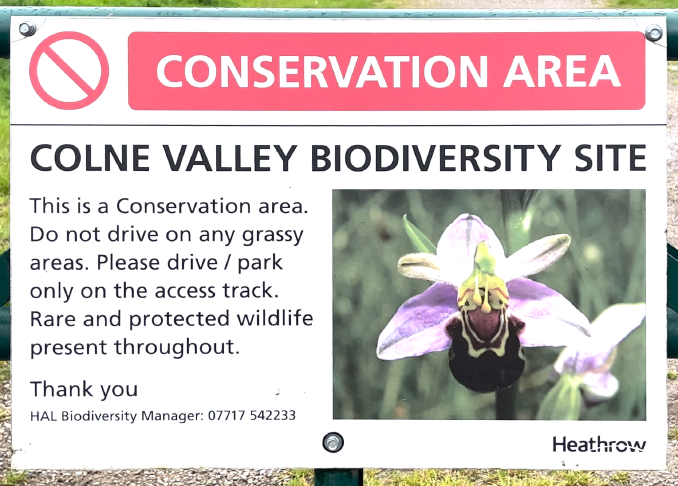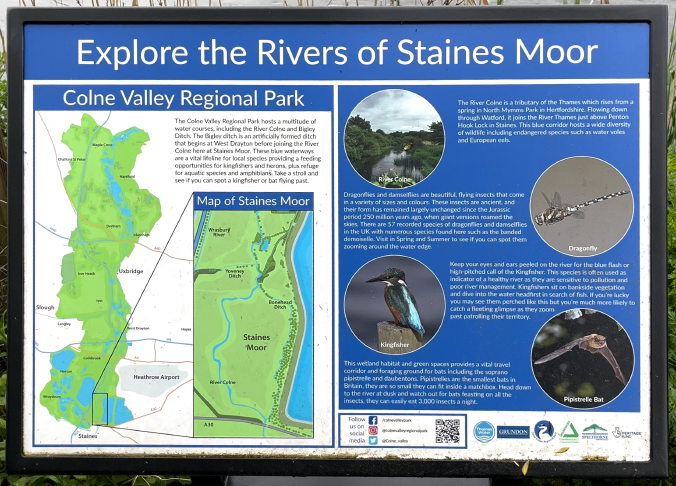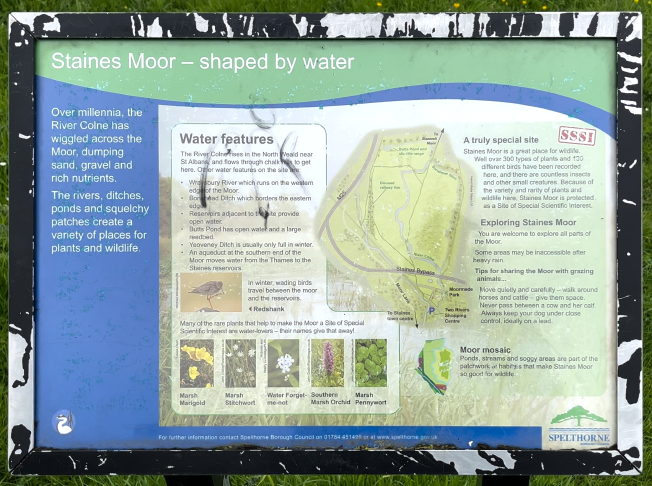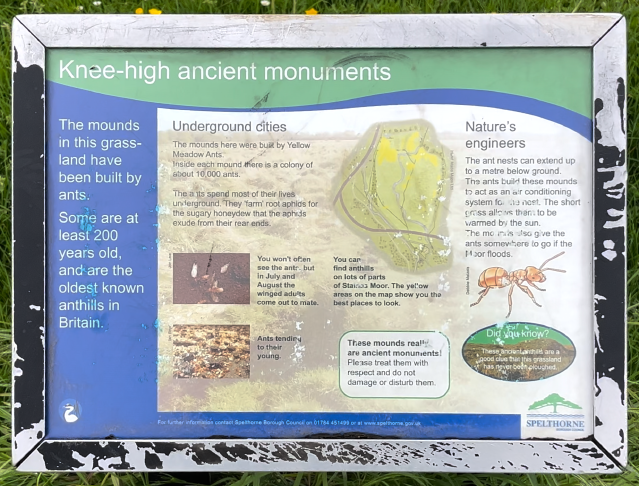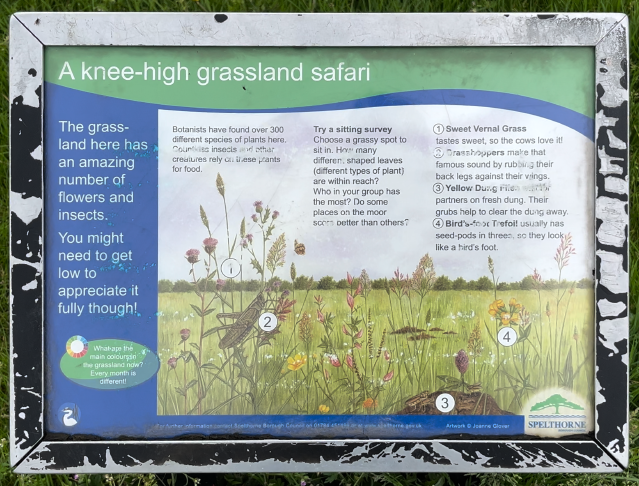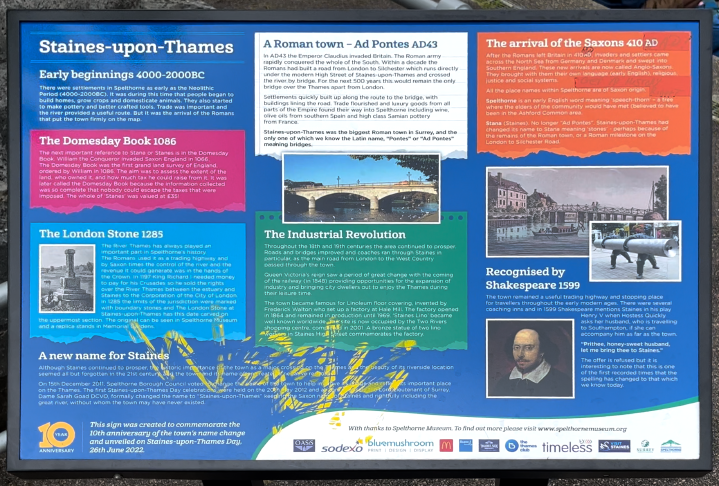Walking,
Beyond the Underground,Tags:
4 K,
Hdr,
London,
Town,
Heathrow Terminal 5 to Staines
For this walk I’m attempting to walk from the end of the Jubilee Line at Heathrow Terminal 5, out of the airport, across Staines Moor and down to the River Thames in Staines itself. I have no idea how easy it is to walk out of an airport on foot but we’ll find out.
Interactive Map: https://www.mapchannels.com/videomap/map.htm?folder=29726&map=29726-beyond-the-underground-heathrow-to-stain
Outtakes & Deletes Scenes - https://youtu.be/ZlTb4F7fazU
## Signs Click for a larger version.
Colne Valley Biodiversity Site
Explore The Rivers of Staines Moor
Staines Moor - Shaped By Water
Staines Moor - Knee-High Ancient Monuments
Staines Moor - A Knee-High Grassland Safari
Staines-upon-Thames
Interesting Links
- Geoff Marshall - End of the Line - https://www.youtube.com/playlist?list=PLt4q5oaptyI-DFrOjykOTHcASQbB4bsc_
- Jeff Lock - Beyond the End of the Line - https://beyondtheendoftheline.co.uk/
- Jeff Lock - Beyond the End of the Line - https://countrysidebooks.co.uk/products/beyond-the-end-of-the-line-26-walks-from-the-terminus-stations-of-the-london-underground
- LHR Pods - https://www.heathrow.com/transport-and-directions/heathrow-parking/heathrow-pod-parking-terminal-5
- London Gatwick Airport Walk - https://youtu.be/-LiFct72qWY
- Staines Moor Mural by Positive Arts - http://positivearts.co.uk/staines-moor-mural/
- National Rail Staines-Windsor Line - https://en.wikipedia.org/wiki/Staines%E2%80%93Windsor_line
Credits
- Beyond the End of the Line book used by permission of the author.
- Music: Luvly by Joakim Karud - https://www.youtube.com/c/JoakimKarud
- Map © Mapbox - https://www.mapbox.com/about/maps/
- Map Data © OpenStreetMap and contributors - http://www.openstreetmap.org/about/
- Map Compass by FreePik.com
- Vector Grunge Background by sergey_kandakov on FreePik.com
- 4K Icon by Vecteezy.com
